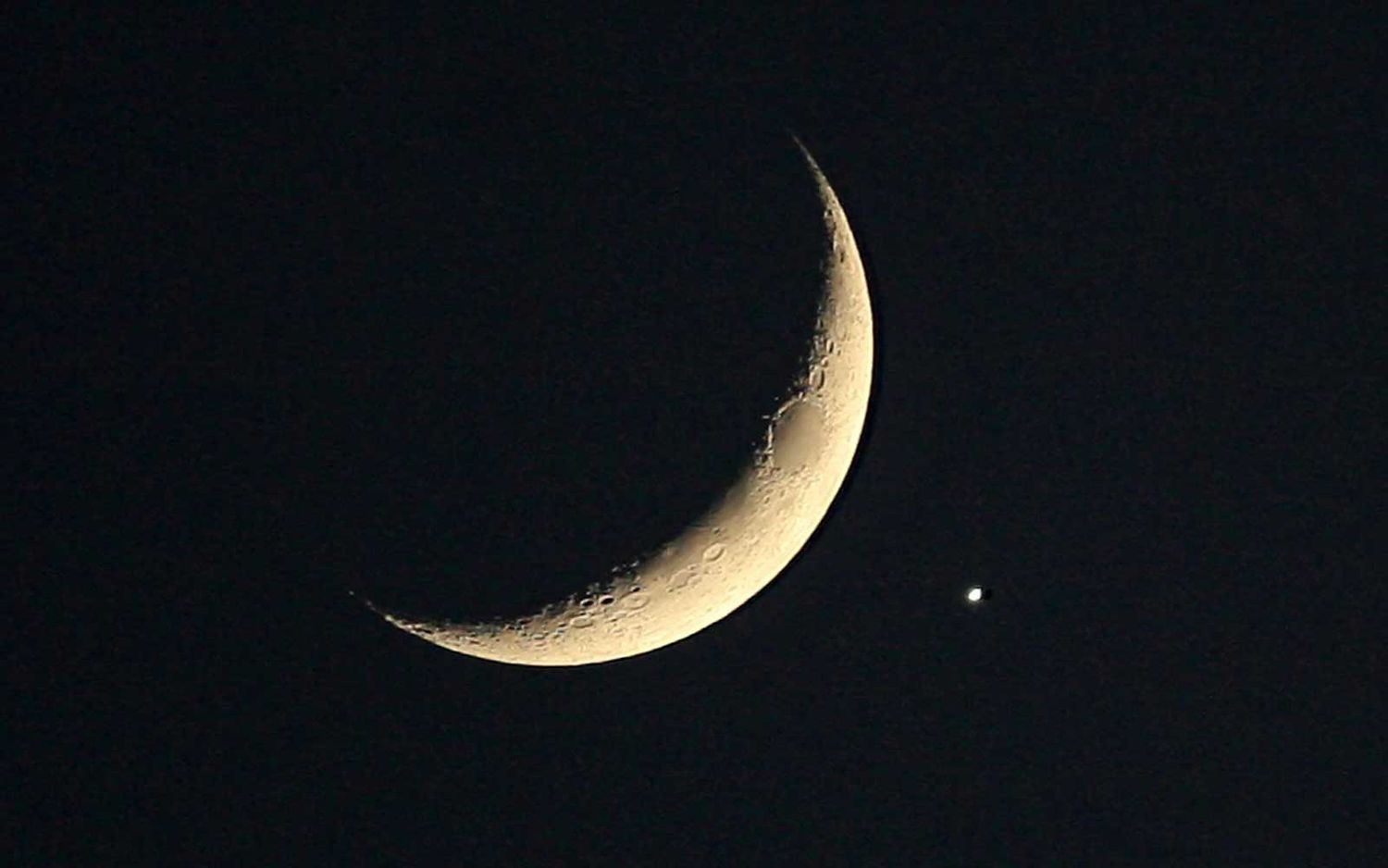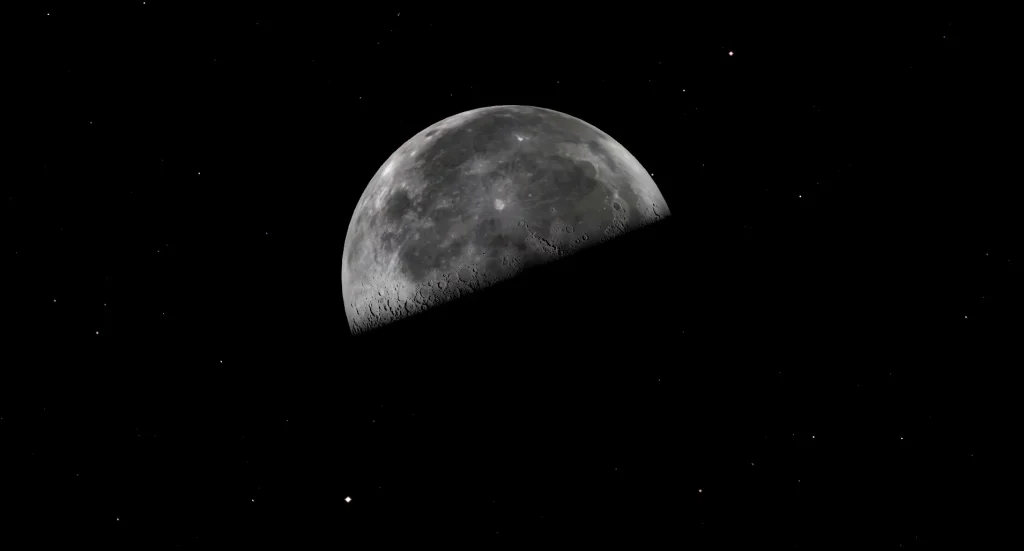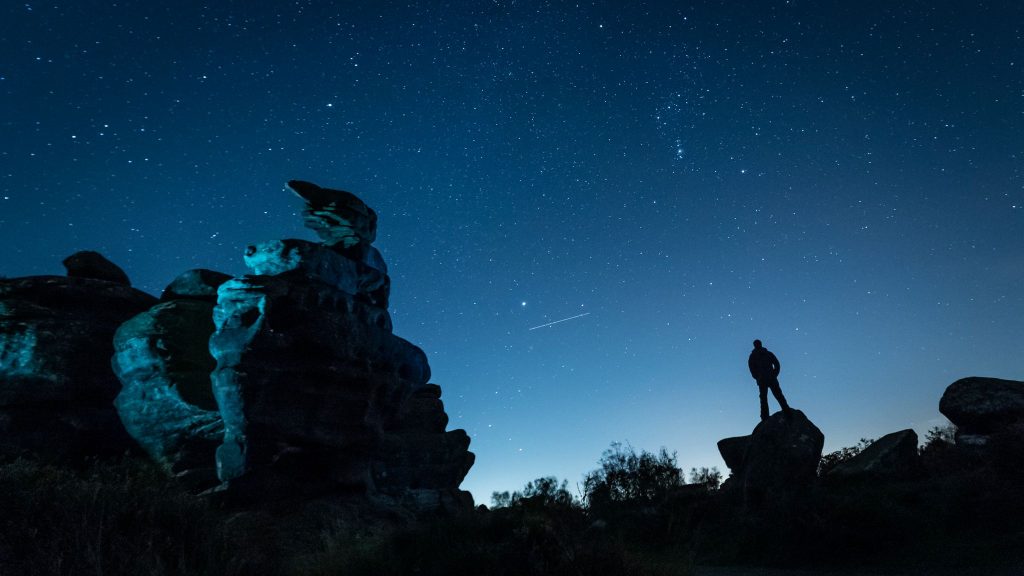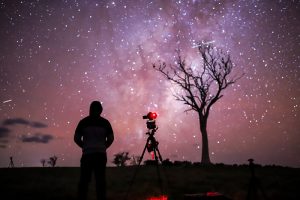A Stargazer’s Guide to Astronomical Events in October 2023
4th Oct 2023
As the year advances into its tenth month, the stage is set for a succession of celestial marvels in the vast theatre of the night sky. From the solitary waltz of the moon and Jupiter to the grand spectacle of meteor showers and eclipses, a rich series of astronomical events in October is around the corner for both seasoned stargazers and casual observers.
Third Quarter Moon (October 6). During the third (or final) quarter phase, illumination appears on half of the moon’s surface, specifically on its western, sunward side. The moon is expected to ascend around midnight. After its rise, visibility should be maintained until it descends in the western daytime sky during the early afternoon. Third-quarter moons are situated ahead of Earth on our journey around the Sun.

Draconid Meteor Shower (October 8-9). This meteor shower, also known as the Giacobinids, is unique because its radiant point is highest in the sky as darkness falls. The most opportune time for viewing is during the evening hours.
The Crescent Moon & Venus (October 10). Look southeast one hour before sunrise (for mid-Northern latitudes) to catch a lovely waning crescent Moon and Venus hanging nearby.
Annular Solar Eclipse & New Moon (October 14). The much-anticipated Annular Solar Eclipse will occur. Also known as the “Ring of Fire,” this event is characterized by the Moon covering the Sun’s center, leaving its outer edges visible and creating a ring-like appearance. On the same day, we will witness the New Moon, when the Moon is in line with the Sun and thus not visible from Earth.
Orionid Meteor Shower (October 21-22). The second meteor shower in October, the Orionids peak on October 21-22 but remain active between October 2 and November 7. The optimal viewing period for these shooting stars is between midnight and sunrise.

Partial Lunar Eclipse (October 28-29). Coinciding with the Hunter’s Moon, this partial lunar eclipse is visible from Europe, Africa, and Asia. The eclipse’s visibility lies between the curvature of the shadow’s path and the apparent rotation of the moon’s disk due to its rotation.
Hunter’s Moon (October 28). Traditionally, the October Full Moon is known as the Hunter’s Moon. This name derives from the time of year when preparations for winter begin, including hunting or slaughtering animals and preserving meat for the colder months ahead.
These astronomical events in October provide a unique opportunity to marvel at the wonders of our universe. Whether through a telescope or with the naked eye, these occurrences promise to be a feast for the eyes.
![Beauty of the Pink Moon And Lyrid Meteor Shower in This Week’s Best Astrophotos [19-26 April] Beauty of the Pink Moon And Lyrid Meteor Shower in This Week’s Best Astrophotos [19-26 April]](https://orbitaltoday.com/wp-content/uploads/2024/04/Pink-Moon-is-on-its-way-above-the-mountains-1-300x300.jpg)





Thank you for your comment! It will be visible on the site after moderation.